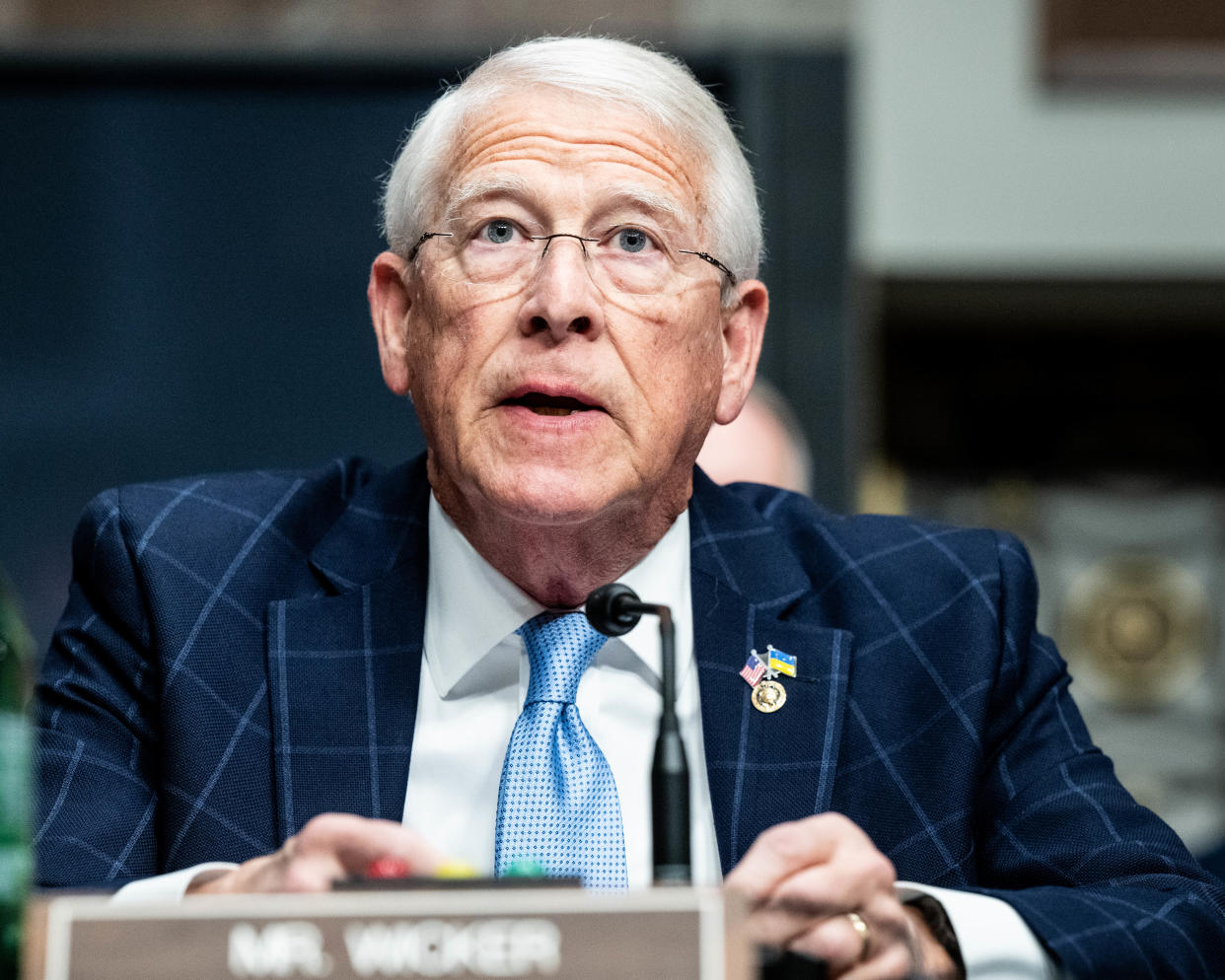What we know about Defense Secretary Lloyd Austin's mysterious hospitalization for prostate cancer
With wars raging in Gaza and Ukraine, Defense Secretary Lloyd Austin has come under intense scrutiny after failing for several days to inform anyone outside his inner circle, including President Biden, that he was hospitalized over the holidays for prostate cancer treatment and subsequent complications.
Here’s the latest on the controversy — and Austin’s condition.
Why was Austin hospitalized?
Austin was actually hospitalized twice. His first stint came on Dec. 22 — while on leave — for what was initially described as an “elective medical procedure.” He left the following day and “continued to work from home,” according to a Pentagon spokesperson.
At first, Austin declined to say more than that. But under mounting public pressure, the Pentagon finally revealed Tuesday that Austin had been diagnosed with prostate cancer in early December and had gone to the hospital on Dec. 22 for a “minimally invasive surgical procedure” called a prostatectomy.

Then on Jan. 1 — more than a week after his prostatectomy — an ambulance rushed Austin to the intensive care unit at Walter Reed National Military Medical Center in Maryland because he was suffering from “complications,” including “severe pain.” Austin underwent “tests and evaluations” while at the hospital.
On Tuesday, the Pentagon disclosed more detail about the defense secretary’s second, unplanned hospital stay, saying that he had been re-admitted due to “nausea with severe abdominal, hip and leg pain” and had been diagnosed with a urinary tract infection.
When did the White House find out about Austin’s hospitalization?
Three days after Austin was admitted to the intensive care unit.
Nobody in the White House — not even Biden — knew that Austin was at Walter Reed until Jan. 4, when Austin’s chief of staff Kelly Magsamen finally told national security adviser Jake Sullivan, who alerted the president. The Pentagon then waited to announce the hospitalization until after 5 p.m. on Friday, Jan. 5.
Compounding the mystery, Deputy Secretary of Defense Kathleen Hicks, the person who would stand in for Austin in an emergency, was also in the dark until Jan. 4 — even though the Pentagon says that Austin transferred some authorities to her during his elective procedure on Dec. 22 and then again when he entered the ICU on Jan. 1. Hicks remained in the Caribbean, where she was vacationing, until Jan. 6.
Why did it take so long for Austin’s team to tell anyone?

Asked to explain why neither Biden, Hicks nor anyone outside Austin’s inner circle was looped in earlier, Pentagon spokesman Maj. Gen. Pat Ryder said that Magsamen had been “ill with the flu.”
Ryder added Tuesday that “prostate cancer and the associated procedures are obviously deeply personal.”
“I could have done a better job ensuring the public was appropriately informed,” Austin admitted in Saturday’s statement. “This was my medical procedure, and I take full responsibility for my decisions about disclosure.”
How is Austin’s prognosis?
According to the Pentagon, “his prostate cancer was detected early, and his prognosis is excellent.” As for the urinary tract infection, it has reportedly cleared, with Austin “progress[ing] steadily throughout his stay.”
Where is Austin now?
As of Tuesday, the defense secretary remains at Walter Reed, where he has participated in calls with Pentagon and White House officials and received an “operational update” from U.S. Central Command. He is no longer in the ICU. In a statement Saturday, Austin said, “I am very glad to be on the mend and look forward to returning to the Pentagon soon.”
Why has Austin’s hospitalization caused so much controversy?
The defense secretary’s duties require him to be available at a moment's notice to respond to any national security crisis — these days, a very real possibility. U.S. law on "reporting of vacancies" requires executive agencies to report top-level absences and the names of anyone serving in an acting capacity to both houses of Congress; the Pentagon has similar protocols.
And while the Pentagon says Austin “never lost consciousness and never underwent general anesthesia” while in the ICU for an urinary tract infection, he “was under general anesthesia during [the initial prostatectomy] procedure” — a procedure he didn’t even tell the White House about.
“This is no minor lapse,” Slate’s Fred Kaplan recently explained. “U.S. military forces are on high alert in the Middle East. ... If Biden wanted any of those forces to take offensive action, his orders to the regional combatant commander would go through the secretary of defense.”
What are they saying in Washington?

Before Austin disclosed his prostate cancer on Tuesday, lawmakers on both sides of the aisle were calling for “a full accounting of the facts,” as Sen. Roger Wicker, the highest-ranking Republican on the Senate Armed Services Committee, put it Saturday.
In response, the White House ordered a review of Cabinet protocols for delegating authority.
But now that Austin’s medical issues have been made public, it remains to be seen whether some of the defense secretary’s most vocal critics — including former President Donald Trump, who said Austin should be fired for his "improper professional conduct and dereliction of duty” — will continue to call for his ouster.
The president, for his part, has “no plan for anything other than for Secretary Austin to stay in his job,” according to a White House spokesperson.
Are medical issues in the Cabinet usually handled this way?
No. When Secretary of State Colin Powell had prostate surgery on Dec. 15, 2003, the State Department issued a statement the same morning telling the public that Powell was at Walter Reed; that he would remain there for several days before returning home; and that he would be on a reduced schedule while recovering.
Likewise, the Pentagon immediately announced that Defense Secretary Donald Rumsfeld had undergone rotator cuff surgery in 2006 — and did the same two years later when his successor, Robert Gates, fell and broke his arm.


